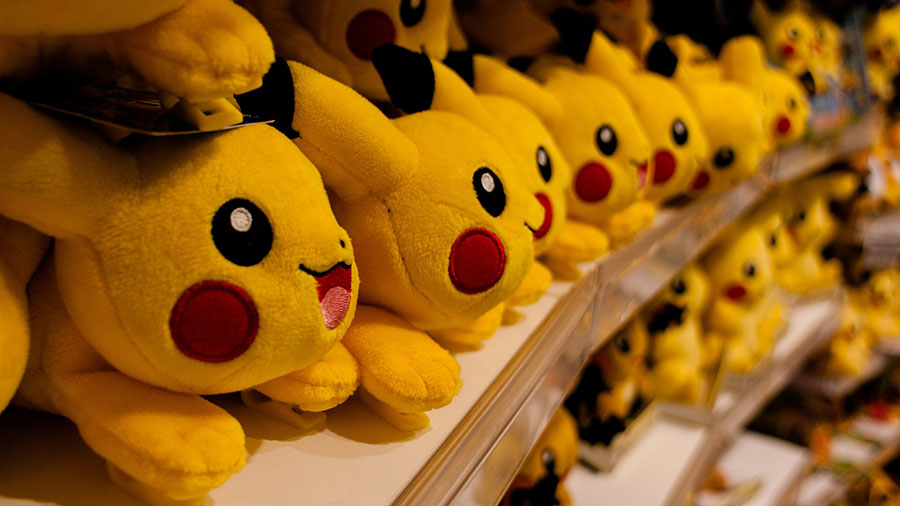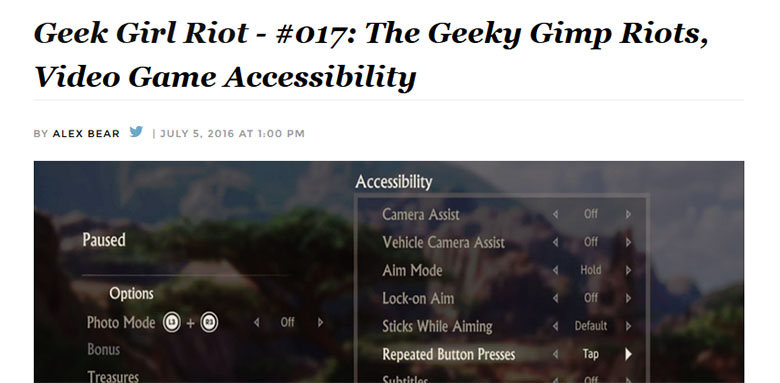Thanks so much to Chris for writing this guest blog post and sharing his point-of-view as a deaf gamer. Follow him on Twitch to see some stellar Destiny 2 action.
September 6, 2017, was a big day for both old and new Destiny players; Destiny 2 was finally released on Playstation 4 and Xbox One!
From my experience with Destiny 1, it was a game that you could pick up the controller and possibly never put it down. There was a rewarding feeling, with all the grinding, when you completed something hard as a team.
So now that Destiny 2 is here, I’ve been playing it almost non-stop! To tell you the truth, I wasn’t planning on buying Destiny 2 because I didn’t want to get addicted to it. I didn’t want to deal with the frustration of trying to find a team to play with when it’s required to have a mic to coordinate with the players. I don’t use a mic because I’m deaf. I don’t want to annoy people by repeatedly asking “what?” every time I didn’t understand them; but I ended up getting the game anyway, knowing that I may run into the same issues again. However, Bungie (developers of Destiny) somewhat made it easier to actually find people with the overhaul of the Bungie.net website; now it’s easy to post your LFG (looking for gamers) on there, and people tend to immediately join up.
Read moreAccessibility in Destiny 2: A Deaf Gamer’s Perspective

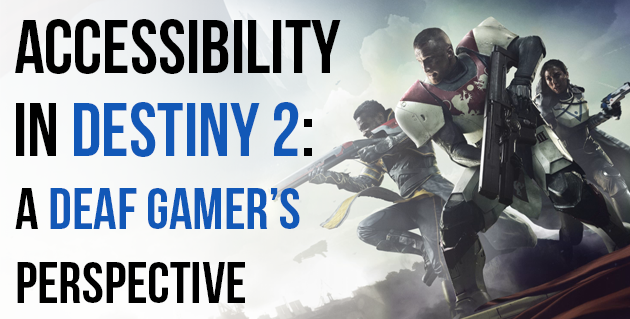
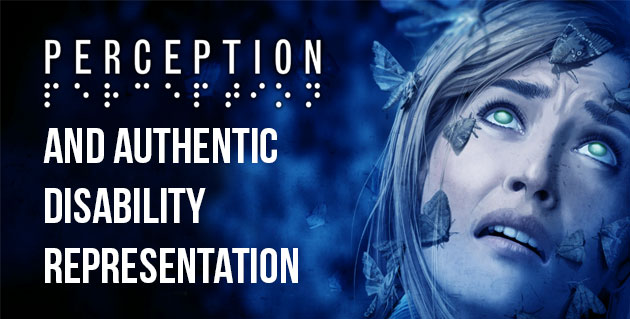
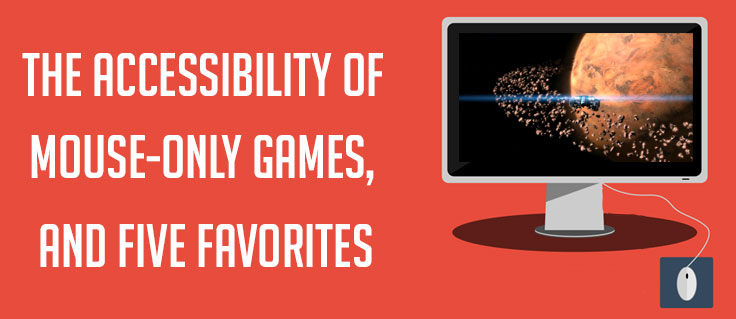
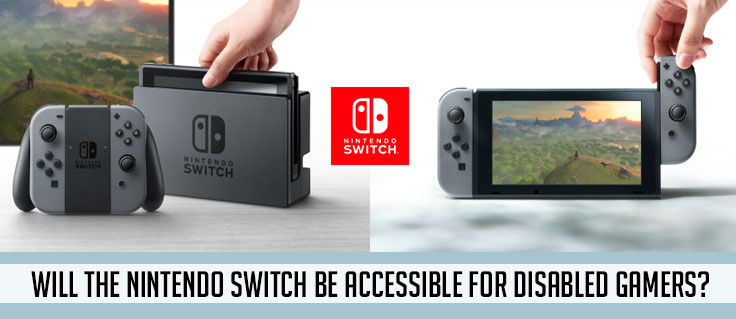
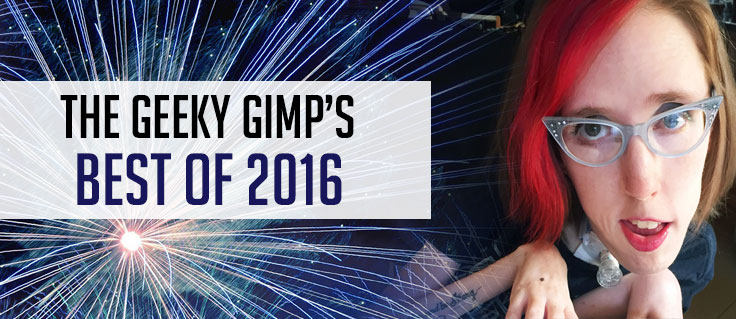


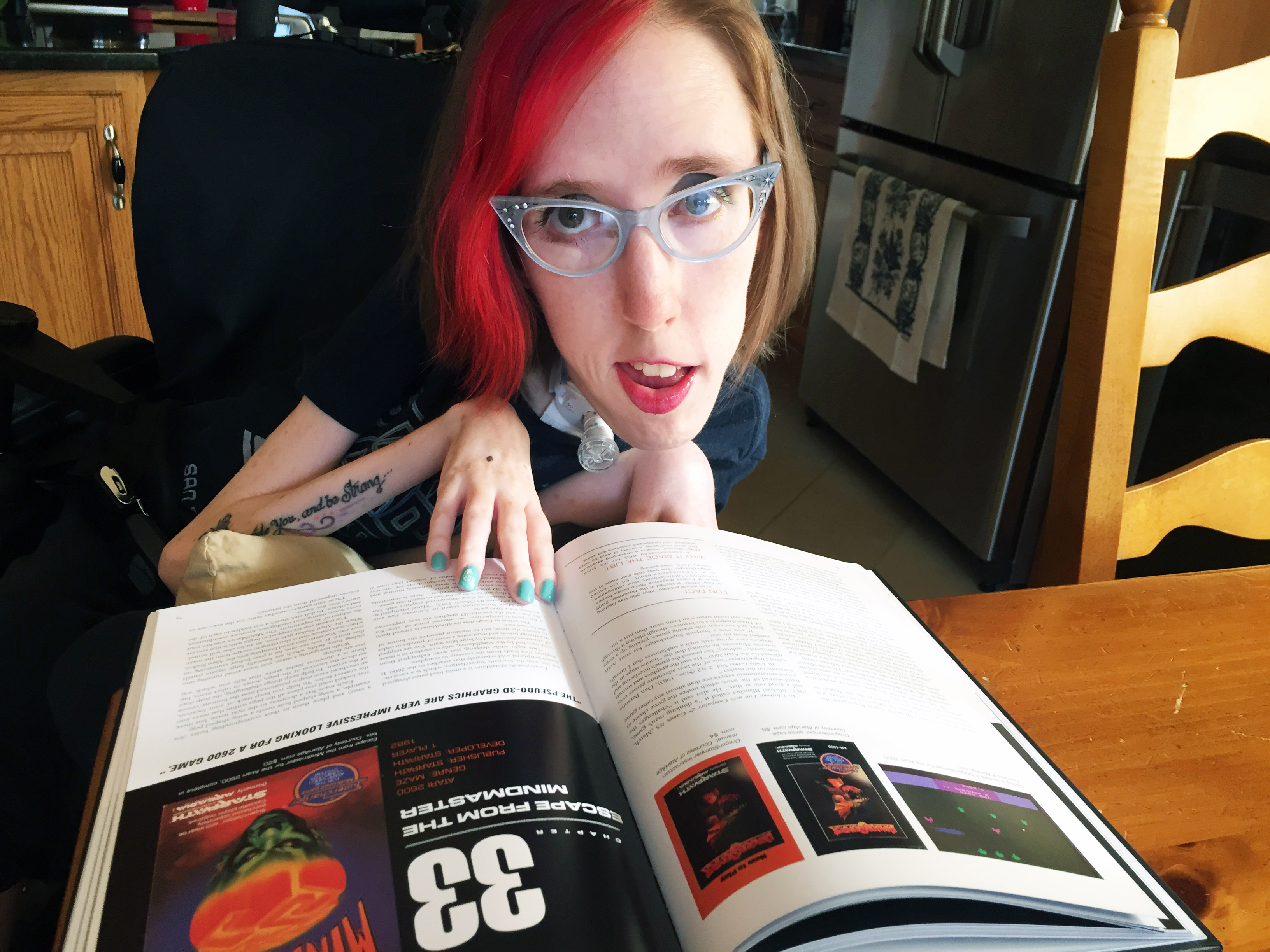
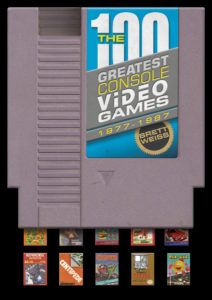 Do you remember the first console game you played? For me, it was probably Video Olympics (with Pong included) or Asteroids on the Atari 2600. Turning that knob to slide the paddles up and down, or pushing that joystick to avoid enemy fire was pure joy for my 5-year-old self. Those pixelated titles ushered in the Golden Age of video games, and it’s striking to see how far we’ve come since then. While we may scoff at console graphics of the late 70s and early 80s, we have to keep in mind how mind-blowingly advanced these systems were for their time. I’m sure 20 or 30 years down the line, PS4 games will pale in comparison to whatever technology has in store for us.
Do you remember the first console game you played? For me, it was probably Video Olympics (with Pong included) or Asteroids on the Atari 2600. Turning that knob to slide the paddles up and down, or pushing that joystick to avoid enemy fire was pure joy for my 5-year-old self. Those pixelated titles ushered in the Golden Age of video games, and it’s striking to see how far we’ve come since then. While we may scoff at console graphics of the late 70s and early 80s, we have to keep in mind how mind-blowingly advanced these systems were for their time. I’m sure 20 or 30 years down the line, PS4 games will pale in comparison to whatever technology has in store for us.